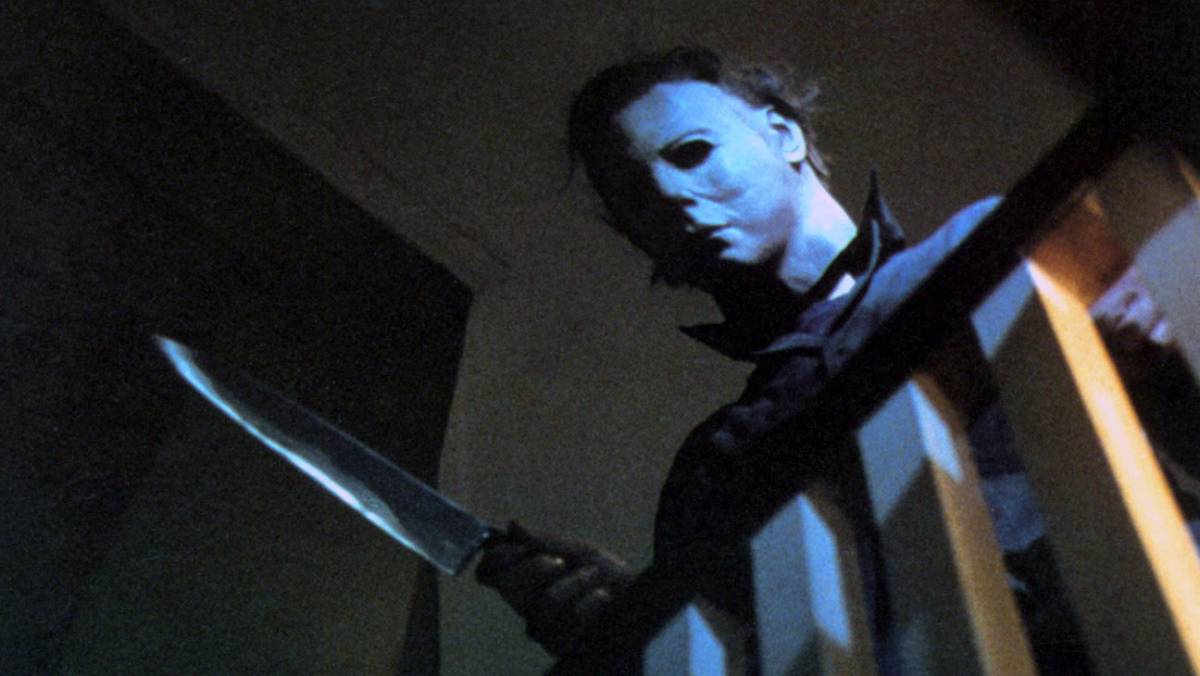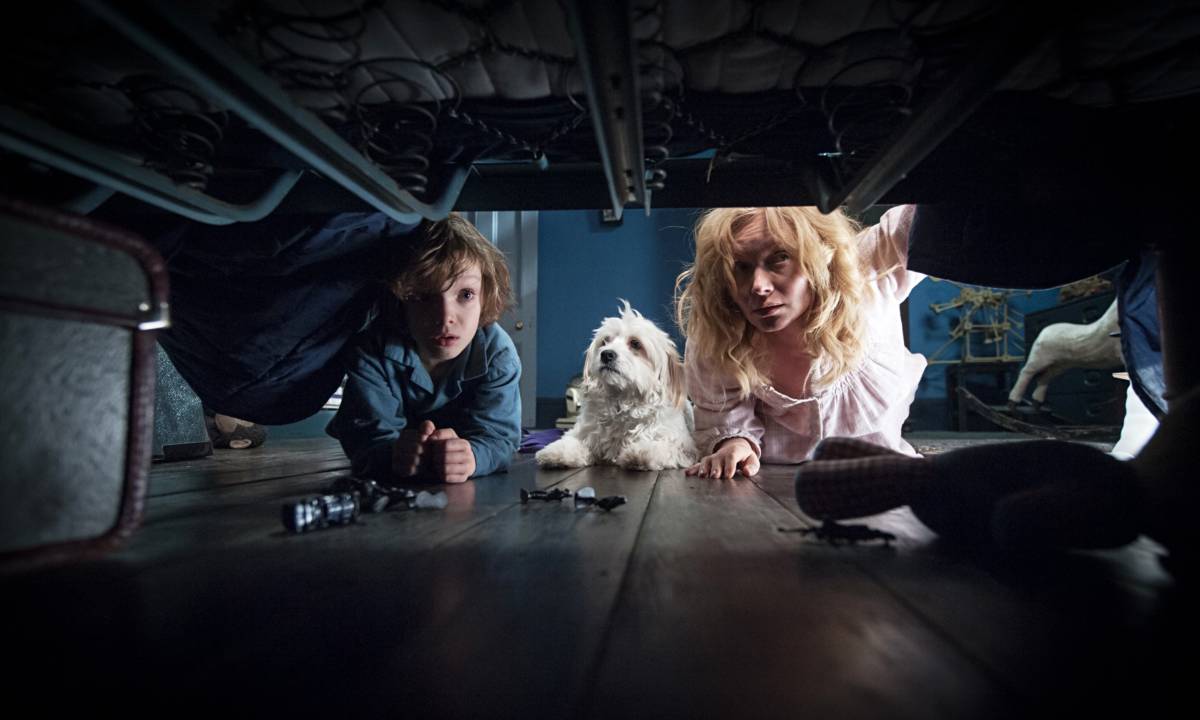Over the last five weeks, Mark Kermode has been exploring a variety of genres from the nail bitingly tense heist films to galaxy exploring science fiction flicks. He has explored it’s conventions, tropes and how filmmakers are able to bend expectation to create truly unique experiences for their audiences. In this week’s final episode, Kermode has moved in to the world of the monster, the horror film.
One of the strongest aspects of this week’s episode is that it looks so deeply in to the fundamentals of what make horror films so frightening for us. By looking at the different aspects of horror from sound to makeup to story structure, all angles have been covered here. For those new to the genre this is an excellent tool and entry point to a genre which can seem daunting from the outside. With so many different varieties of horror on offer, how do you know where to begin – especially for those too scared to venture in on their own?
Horror is been one of the longest standing genres which can be traced all the way back to German expressionism which looked to bring the internal fears and show them externally. When this moved from art into film, we saw such classic movies as Nosferatu (1922) and the Cabinet of Dr. Caligari (1920) employing the use of shadow, distorted camera angles and monstrous makeup to help terrify audiences. While now they sit as examples of early horror, their influences are clear to be seen in modern horror. Jennifer Kent’s Babadook (2014) sees a shadowy creature pursuing a mother and her son.
READ NEXT: The Best Horror Games
It is not only similar visually, but also thematically, as the monsters are used to represent something more. as the creature of The Babadook is a representation of her own grief for the loss of her husband, while Dr. Caligari and his monster posed as a representation for fear of authority and the duality of human nature which sees some struggle to know the difference between reality and fiction.
Horror will always serve as a way for filmmakers to portray something more meaningful. Think of George Romero’s Night of the Living Dead (1968) which looked at both race relations in America, as well as the fears of the Cold War and the effects nuclear war could have on the world. More recently, we had Get Out (2017) and its portrayal of liberal white America and what racism in America now looks like. Being able to explore deeper themes uses the horror genre like a Trojan horse, infiltrating the audience’s mind. A strength with Kermode in this episode is that rather than shying away from the political aspects of what the horror genre offers, he looks deeper and even explains to the audience while using relevant clips from the films mentioned above.
While horror can be one of the most initiative genres of cinema, it also is one of the most trope filled with trends coming and going over periods. Kermode speaks on the slasher films of the 70’s and 80’s, the rise in found footage within the 21st century, and how with recent films like Unfriended (2014) we are seeing the medium move from the theatre in to our computer screens. With a sequel, Unfriended: Dark Web released earlier this year, and Searching (2018) taking the computer focused element in to a more thriller based direction, will it become a genre of it’s own? The detail Kermode goes into with the horror genre is one of the best yet as he delves deeper into the back catalogue to see how this genre started and became the behemoth it is today.

READ NEXT: The Best Horror Movies
Perhaps my favourite aspect from this episode was his look into the concept of the ‘Final Gir’’ and specifically Kermode’s mention of Carol J. Clover and her book ‘Men, Women and Chainsaws’, which looks at gender politics within the genre of horror. Often in horror movies we see the last survivor from a slasher film as a woman. The likes of Halloween (1978), A Nightmare on Elm Street (1984) and Alien (1979) all share this similarity. There is even a look in to how motherhood and horror are related. With The Babadook it’s about a mother’s grief and the monster that creates to terrify her. In Prevenge (2017) the monster is within her, as her own unborn child guides her to kill those who are responsible for the fathers death. With two films sharing such similar themes but taking entirely unique approaches to telling their stories of grief it shows the power that female directors have to tell stories that they are passionate about.
Horror has grown and grown as a genre for filmmakers of all walks of life to express themselves. It gives new filmmakers a chance to make a name on a smaller budget with a great idea. Films with budgets around the same price as a second hand car can become box office hits with the right team behind them and that’s the magic of horror. As long as your idea is good and the passion is clear to see on screen, horror fans will eat it up.
And like a vampire being hit by sunlight at first dawn, poof! Secrets of Cinema has reached its finale. With a series so dedicated to exploring the depths of genre, I hope we can see more of the same from Kermode. With genres such as action, period drama or musical ready to be explored I will be eagerly waiting news of future episodes. I look forward to seeing more from Kermode who has been able to open audiences eyes to some exciting new films they may never have thought to explore before.
Check out our reviews of the rest of the series here.
Some of the coverage you find on Cultured Vultures contains affiliate links, which provide us with small commissions based on purchases made from visiting our site.


